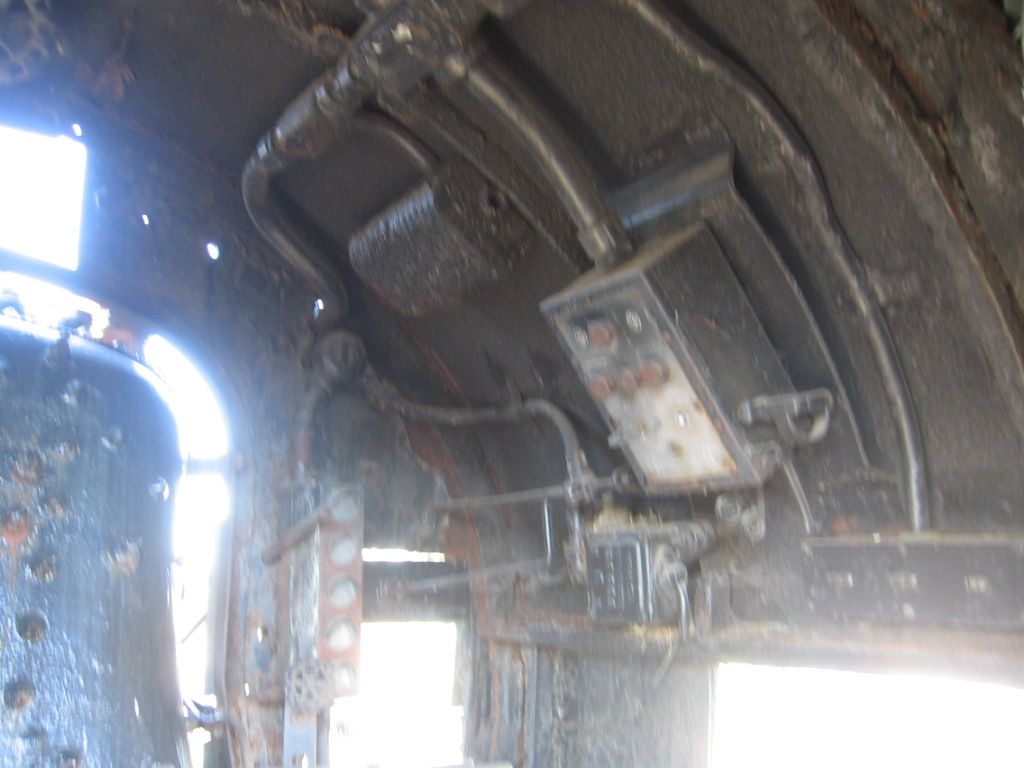I am still working on adding detail to my M1b. My question was in '46 or so when they moved the dynamo below the headlight, did they keep the original shape/curvature of the "inner circle" of the smokebox front? On my Lionel, you can see that "the inner circle" has a little more than a semi-circle, but it does have a flat edge. The 6755 in Strasburg definitely has a straight line there, but I can't tell what is behind it. Maybe that straight line is indented just enough that the platform would have a small section to rest on.
Any thoughts?
























